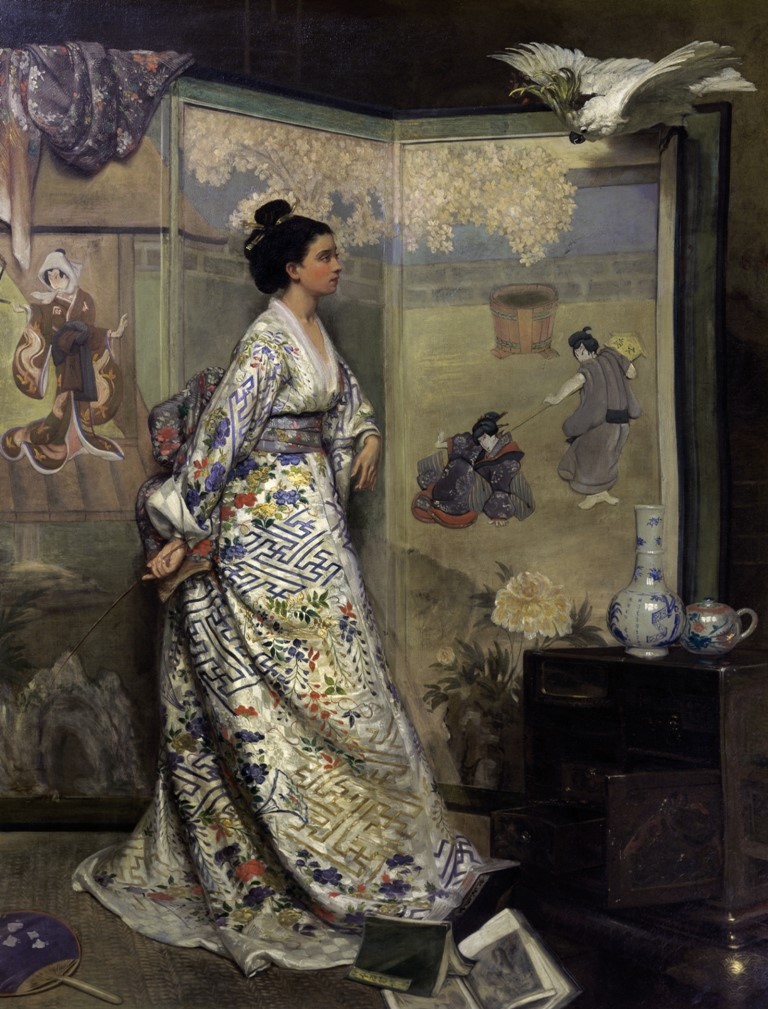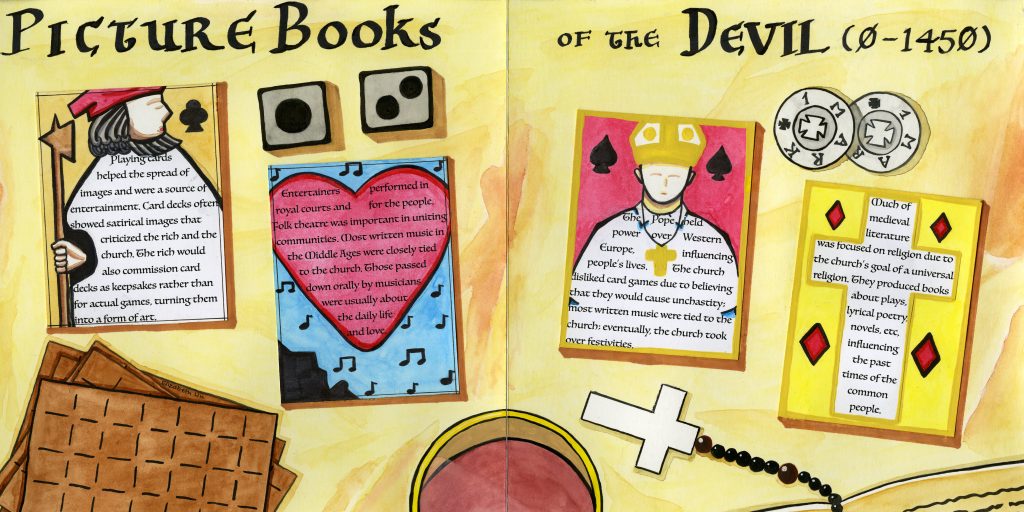Dreams and Designers (1895-1905)
Summary:
In this week’s lecture, we learned about art nouveau, the Glasglow school, the Vienna Secession, and the transition from artist to designer. The art nouveau and Arts and Crafts movement were similar, but their differences lie in their focuses in the past and future. While the Arts and Crafts movement had nostalgia for the past, the art nouveau movement was interested in combining the old traditions to create a modern form of beauty. Many artists had an art nouveau style, especially Eugène Grasset, Paul Berthon, and Alfons Mucha. While it is unknown whether art nouveau started in Paris or Brussels, both cities’ architecture was influenced by art nouveau.
In Scotland, from the Glasgow School of Art came a combination of Arts and Crafts and art nouveau style. Created by the Glasgow Four (Charles Rennie Mackintosh, J. Herbert McNair, Margaret Macdonald, and Frances Macdonald), this new style was art nouveau with a geometric twist. From designing architecture to creating illustrations, these four were popular in Germany and Austria. In addition to the Glasgow version of art nouveau. Other forms of art nouveau were also present. These include Jugendstil (young style) and Sezessionstil (Secession style).
In this era, many geographic-political events occurred. The development of the union movement, Suffragist movement, and Queen Victoria’s death. In the science and technology community, many inventions were also taking place. The Lumiere Brothers created the first moving picture and the first science-fiction film, Sigmund Freud publishes his “The Interpretation of Dreams”, Zeppelin ships (passenger carrying airships) were invented, Marconi sends the first transatlantic radio message, and the Wright brothers fly the first gas-motored plane.





